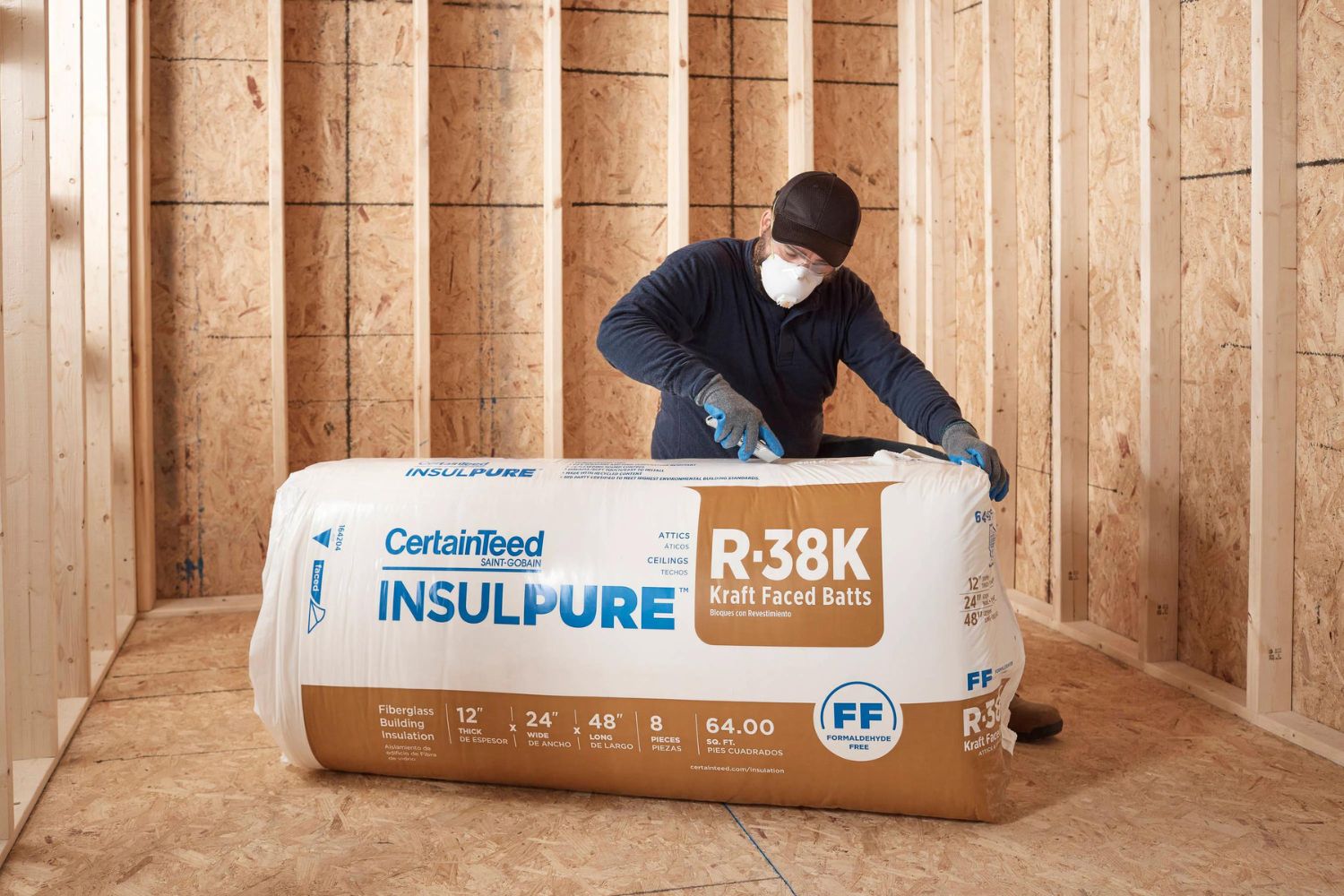

Articles
When To Use Kraft Faced Insulation
Modified: December 7, 2023
Discover when to use kraft faced insulation with our informative articles. Improve energy efficiency and maximize insulation benefits.
(Many of the links in this article redirect to a specific reviewed product. Your purchase of these products through affiliate links helps to generate commission for Storables.com, at no extra cost. Learn more)
Introduction
Welcome to the world of insulation! Whether you are building a new home, renovating an existing one, or considering ways to improve energy efficiency, insulation is a crucial element to consider. When it comes to insulation options, one popular choice is kraft faced insulation. In this article, we will explore what kraft faced insulation is, its benefits and drawbacks, and when it is recommended to use.
Kraft faced insulation is a type of fiberglass insulation that has a paper facing on one side, typically made of kraft paper. The facing acts as a vapor retarder, helping to reduce moisture transfer through the insulation. It is commonly used in residential construction, particularly in walls, floors, and attics.
There are several reasons why kraft faced insulation is a popular choice among homeowners and builders. Firstly, it helps to improve energy efficiency by reducing heat transfer. The facing helps to trap air pockets within the insulation, providing better insulation performance. This can result in lower heating and cooling costs, as it helps to maintain more stable indoor temperatures.
Additionally, kraft faced insulation provides a barrier against moisture. The facing acts as a vapor retarder, preventing moisture from penetrating the insulation. This is especially important in areas with high humidity or potential moisture sources, such as bathrooms and kitchens. By reducing moisture infiltration, it helps to prevent the growth of mold and mildew, which can lead to health issues and damage to the structure.
Furthermore, kraft faced insulation is relatively easy to install. The paper facing serves as a convenient staple flange, allowing for easy attachment to framing members. This makes the installation process quicker and more straightforward, particularly for DIY enthusiasts.
However, it is important to consider the drawbacks of kraft faced insulation as well. One of the main disadvantages is its susceptibility to damage from moisture. While the paper facing acts as a vapor retarder, it is not fully impermeable to moisture. If the insulation becomes wet, either during installation or due to a leak, the paper-facing can become damaged and lose its effectiveness. This can compromise the overall insulation performance and require replacement.
Additionally, kraft faced insulation may not be suitable for certain applications or climates. In areas with extremely high humidity, such as coastal regions, the moisture resistance of kraft faced insulation may not be sufficient to prevent mold and mildew growth. In these cases, alternative insulation options, such as foam or foil-faced insulation, may be more appropriate.
Now that we have discussed the benefits and drawbacks of kraft faced insulation, let’s dive into the specific situations when it is recommended to use this type of insulation.
Key Takeaways:
- Kraft faced insulation is ideal for moderate humidity areas, interior applications, and residential projects, offering improved energy efficiency, moisture resistance, and ease of installation.
- However, it may not be suitable for high humidity regions, exterior insulation, or areas prone to rodent infestation, requiring careful consideration of specific project needs and potential drawbacks.
Read more: When To Use A Face Steamer
Definition of Kraft Faced Insulation
Kraft faced insulation is a type of insulation typically made of fiberglass and comes with a paper facing on one side. The facing is usually made of kraft paper, a strong and durable paper material. The purpose of the facing is to provide additional benefits, such as acting as a vapor retarder and providing ease of installation.
The fiberglass insulation itself is made up of tiny glass fibers that trap air, creating pockets of insulation. This helps to slow down the transfer of heat and keep your home or building comfortable and energy-efficient.
The paper facing on kraft faced insulation serves as a vapor retarder, which means it helps to reduce the passage of moisture through the insulation. This is especially important in areas where moisture intrusion is a concern, such as in humid climates or rooms with high moisture levels, like bathrooms and kitchens. The vapor retarder helps to prevent condensation and the potential growth of mold and mildew within the insulation.
In addition to its moisture-resistant properties, the paper facing on kraft faced insulation also provides a convenient installation feature. The facing typically has flanges or tabs that make it easier to attach the insulation to framing members. This can be done using staples, adhesive, or other fastening methods, depending on the specific installation requirements.
It is important to note that kraft faced insulation is typically used in specific areas of a building, such as walls, floors, and attics. The paper facing should always face the warm side of the insulation, which is usually the interior of the building. This helps to enhance the effectiveness of the vapor retarder and promotes optimal insulation performance.
When choosing kraft faced insulation, it is essential to consider factors such as the R-value (the measure of insulation’s resistance to heat flow), the specific application requirements, and local building codes. Consulting with a professional insulation contractor or conducting thorough research can help ensure that you select the right type and thickness of kraft faced insulation for your needs.
In summary, kraft faced insulation is a type of fiberglass insulation that comes with a paper facing. The facing provides benefits such as moisture resistance and ease of installation, making it a popular choice for residential and commercial insulation projects.
Benefits of Kraft Faced Insulation
Kraft faced insulation offers several advantages that make it a popular choice among homeowners and builders. Let’s explore some of the key benefits of using kraft faced insulation:
- Improved Energy Efficiency: Kraft faced insulation helps to enhance the energy efficiency of a building by reducing heat transfer. The paper facing acts as an additional layer of insulation, creating air pockets that slow down the movement of heat. This can lead to lower heating and cooling costs, as the insulation helps to maintain more stable indoor temperatures.
- Moisture Resistance: The kraft facing serves as a vapor retarder, helping to reduce the passage of moisture through the insulation. This is particularly valuable in areas with high humidity or potential moisture sources, such as bathrooms and kitchens. By limiting moisture infiltration, kraft faced insulation helps to prevent the growth of mold and mildew, which can be detrimental to both the occupant’s health and the structural integrity of the building.
- Easy Installation: Kraft faced insulation is relatively easy to install, even for DIY enthusiasts. The paper facing provides a convenient staple flange, making it simple to attach the insulation to framing members. This saves time and effort during installation and ensures a secure and snug fit.
- Cost-Effective: Kraft faced insulation is an affordable option compared to other insulation materials. Its availability and ease of installation contribute to its cost-effectiveness, making it a budget-friendly choice for insulation projects.
- Sound Absorption: In addition to providing thermal insulation, kraft faced insulation also helps to reduce sound transmission. The fibers of the insulation help to absorb and dampen the noise, creating a quieter and more comfortable living or working environment.
- Eco-Friendly: Many kraft faced insulation products are made from recycled materials, such as post-consumer glass or sand, making them environmentally friendly options. Using recycled materials helps to reduce waste and conserve natural resources, contributing to a more sustainable building industry.
- Fire Resistance: Kraft faced insulation often comes with a fire-resistant facing, providing an additional layer of protection against the spread of fire. This can help to improve the safety of a building and provide valuable time for occupants to evacuate in case of a fire emergency.
These benefits make kraft faced insulation an attractive choice for various insulation applications. However, it is important to consider the drawbacks and specific requirements of each project before determining if kraft faced insulation is the right option.
Drawbacks of Kraft Faced Insulation
While kraft faced insulation offers numerous benefits, it is important to consider its drawbacks as well. Understanding these limitations can help you make an informed decision about whether kraft faced insulation is suitable for your specific needs. Let’s explore some of the potential drawbacks:
- Susceptibility to Moisture Damage: Although kraft faced insulation has a paper facing that acts as a vapor retarder, it is not fully impermeable to moisture. If the insulation becomes wet, either during installation or due to a leak, the paper-facing can become damaged and lose its effectiveness. This can compromise the overall insulation performance and require replacement.
- Not Suitable for High Humidity Areas: In areas with extremely high humidity levels, such as coastal regions, the moisture resistance of kraft faced insulation may not be sufficient to prevent mold and mildew growth. The paper facing can absorb moisture, increasing the risk of mold and causing potential health issues. In such cases, alternative insulation options, such as foam or foil-faced insulation, may be more appropriate.
- Installation Challenges: While the paper facing on kraft faced insulation offers easy installation with its staple flange, there can be challenges during the installation process. The facing can tear if not handled with care, and improper installation of the insulation can result in gaps or compression, reducing its overall effectiveness.
- Limited Fire Resistance: While some kraft faced insulation products come with a fire-resistant facing, not all of them have this feature. It is important to check the specific fire resistance rating of the insulation you choose to ensure it meets the required safety standards for your building. Without a fire-resistant facing, kraft faced insulation may contribute to the spread of fire.
- Effectiveness Decreases with Age: Over time, the effectiveness of kraft faced insulation may decrease due to factors like settling, compression, or damage to the facing. It is important to regularly inspect and maintain the insulation to ensure its optimal performance.
- Potential Allergen: Kraft faced insulation, like other types of fiberglass insulation, can potentially release small fibers into the air during installation or if the insulation is disturbed. These fibers can cause skin irritation and respiratory issues for those with sensitivities or allergies. Proper safety precautions, such as wearing protective clothing and masks, should be taken during insulation installation or handling.
It is crucial to weigh these drawbacks against the benefits and consider the specific requirements of your project and location. Consulting with a professional insulation contractor can help you make an informed decision and select the most suitable insulation option for your needs.
Kraft faced insulation is best used in areas with minimal moisture, such as interior walls and ceilings. Avoid using it in damp or humid areas to prevent mold and mildew growth.
Situations When Kraft Faced Insulation is Recommended
Kraft faced insulation is a versatile option that is recommended in various situations. Here are some scenarios where kraft faced insulation is commonly used and recommended:
- Climate Zones with Moderate Humidity: Kraft faced insulation is ideal for regions with moderate humidity levels. It helps to prevent moisture buildup and reduce the risk of mold and mildew growth. It can be used in walls, floors, and attics of residential and commercial buildings in these climate zones.
- Interior Applications: Kraft faced insulation is primarily designed for use on the interior side of insulation installations. It is recommended for use in areas like interior walls, ceilings, and floors where it can effectively retard the passage of vapor and reduce heat transfer.
- Bathroom and Kitchen Spaces: These areas are prone to higher levels of moisture due to daily activities such as cooking and showering. Kraft faced insulation acts as a vapor retarder and helps to prevent moisture infiltration and the resulting issues like mold and mildew growth.
- New Construction or Renovations: Kraft faced insulation is commonly used in new construction projects. It is also suitable for retrofitting or upgrading existing insulation in renovation projects. The ease of installation and its cost-effectiveness make it a popular choice for builders and homeowners.
- Residential Applications: Kraft faced insulation is suitable for residential applications such as single-family homes, multifamily buildings, and apartments. It helps to improve energy efficiency, reduce heating and cooling costs, and provide comfort to the occupants.
- No Known Moisture Issues: Kraft faced insulation is recommended in situations where there are no known moisture issues or excessive humidity concerns. If there are moisture problems in the building or if the climate is extremely humid, it is advisable to consider alternative insulation options that offer better moisture resistance.
It is important to consult with insulation professionals or building experts to determine the specific insulation requirements for your project. They can assess factors such as climate, building design, usage patterns, and moisture levels to recommend the most suitable insulation solution, whether it is kraft faced insulation or an alternative option.
By considering these recommended situations, you can make an informed decision about using kraft faced insulation and ensure that your building is properly insulated for maximum energy efficiency and comfort.
Read more: When Was Vermiculite Insulation Used
Situations When Kraft Faced Insulation is Not Recommended
While kraft faced insulation is a versatile and popular option for many applications, there are specific situations where it may not be recommended. Let’s explore some scenarios where kraft faced insulation may not be the best choice:
- High Humidity or Moisture-Prone Areas: Kraft faced insulation is not suitable for areas with consistently high humidity levels or locations that are prone to moisture issues. In these environments, the paper facing of kraft insulation may not provide sufficient moisture resistance, leading to potential mold and mildew growth. Alternative insulation options with superior moisture resistance, such as foam or foil-faced insulation, may be more appropriate.
- Exterior Insulation: Kraft faced insulation is designed for interior applications and should not be used as exterior insulation. Exterior insulation requires materials with higher moisture resistance and protection against weather elements. Using kraft faced insulation on the exterior can lead to moisture damage and a compromise in the overall insulation effectiveness.
- Areas Prone to Rodent Infestation: If the building or area has a history of rodent infestation, such as mice or rats, kraft faced insulation may not be recommended. The paper facing can be easily damaged by rodents, compromising the insulation’s performance. In such cases, using non-paper faced insulation or taking measures to prevent rodent infestation may be more advisable.
- Fire Hazard Areas: In areas with a high risk of fire hazards, it is important to consider insulation options with better fire resistance. While some kraft faced insulation products may have a fire-resistant facing, not all of them offer this feature. Choosing insulation with appropriate fire ratings and testing may be necessary to ensure the safety of the building and its occupants.
- Situations Requiring Insulation Durability: Kraft faced insulation may not be the best choice in situations that require exceptional durability or where the insulation might be exposed to excessive wear and tear. The paper facing is susceptible to damage from impact or punctures, which can reduce the insulation’s effectiveness. In such cases, insulation options that provide increased resilience, such as rigid foam or spray foam insulation, may be more suitable.
- Personal Allergies or Sensitivities: Some individuals may have allergies or sensitivities to the fibers in kraft faced insulation. If you or any occupants of the building have known allergies or respiratory issues, it is important to consider alternative insulation options or take proper precautions during installation, such as wearing protective clothing and masks.
It is crucial to evaluate the specific requirements, climate, and characteristics of your building or project before deciding on the insulation type. Consulting with insulation professionals or experts can provide valuable insights and help you select the most appropriate insulation option for your specific situation.
By considering these situations when kraft faced insulation is not recommended, you can make an informed decision and choose the insulation option that best suits your needs and ensures the long-term performance and comfort of your building.
Conclusion
In conclusion, kraft faced insulation is a popular choice for residential and commercial insulation projects due to its numerous benefits. It provides improved energy efficiency, moisture resistance, and ease of installation. The paper facing acts as a vapor retarder, preventing moisture infiltration and reducing the risk of mold and mildew growth.
However, there are certain situations where kraft faced insulation may not be recommended. These include areas with high humidity, exterior insulation needs, rodent-prone environments, fire hazard areas, requirements for exceptional insulation durability, and concerns regarding personal allergies or sensitivities.
It is important to carefully consider factors such as climate, building design, usage patterns, and moisture levels when selecting insulation types. Consulting with insulation professionals or experts can help in making the right decision for your specific project needs.
Remember to weigh the benefits and drawbacks of kraft faced insulation against the specific requirements of your project. Consider alternative insulation options, especially in situations where kraft faced insulation may not be the most suitable choice. By finding the right insulation solution, you can enhance the energy efficiency, comfort, and durability of your home or building.
Whether you choose kraft faced insulation or an alternative option, ensuring proper installation and regular maintenance will maximize the insulation’s performance and effectiveness over time. Keep in mind that insulation plays a significant role in improving the overall energy efficiency and comfort of a building, so investing in the right insulation choice is worth the effort.
In summary, kraft faced insulation is a versatile and beneficial option in many situations, but it is essential to assess the specific requirements and limitations of your project before making a decision. By doing so, you can make an informed choice and create a well-insulated space that meets your needs for years to come.
Frequently Asked Questions about When To Use Kraft Faced Insulation
Was this page helpful?
At Storables.com, we guarantee accurate and reliable information. Our content, validated by Expert Board Contributors, is crafted following stringent Editorial Policies. We're committed to providing you with well-researched, expert-backed insights for all your informational needs.
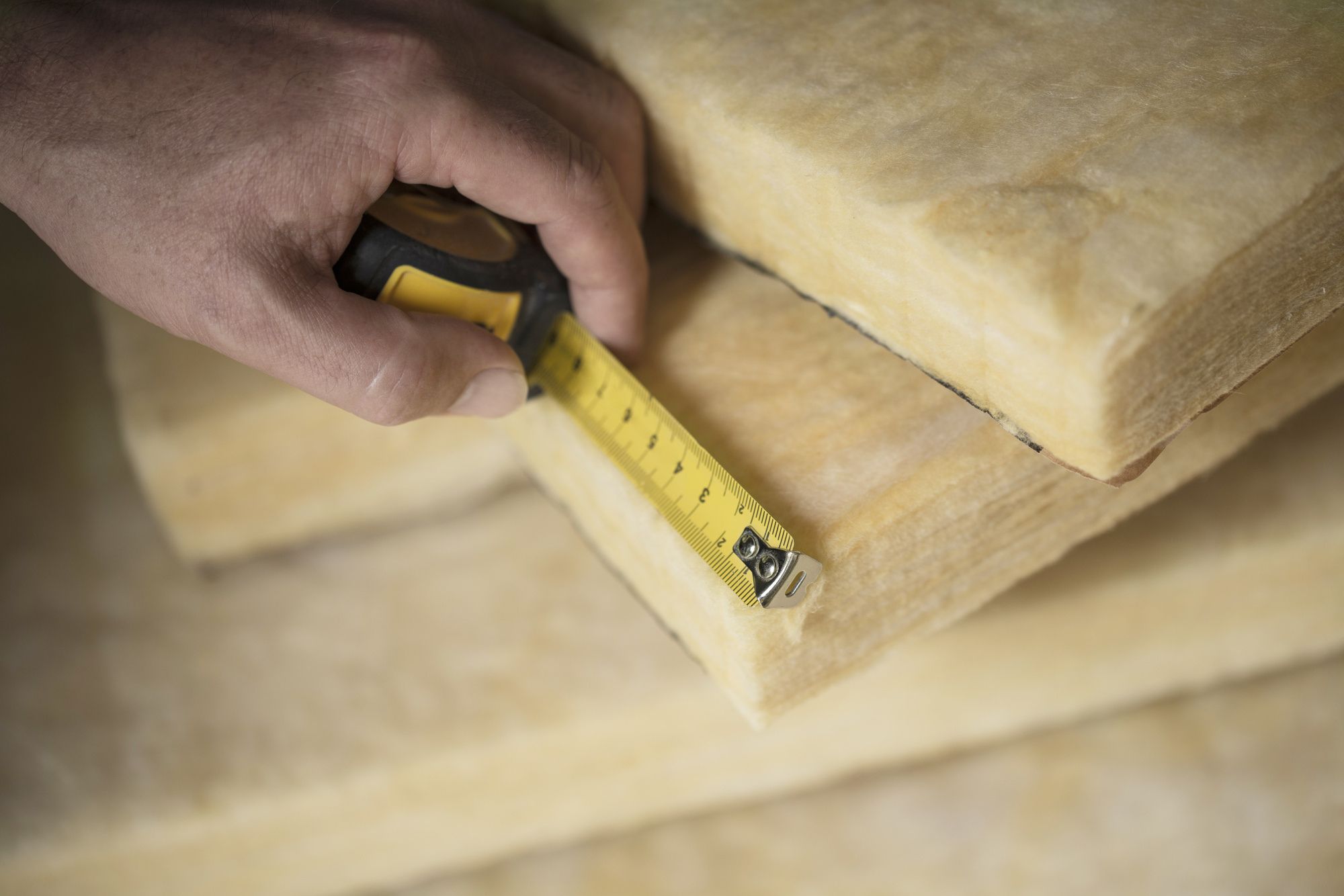
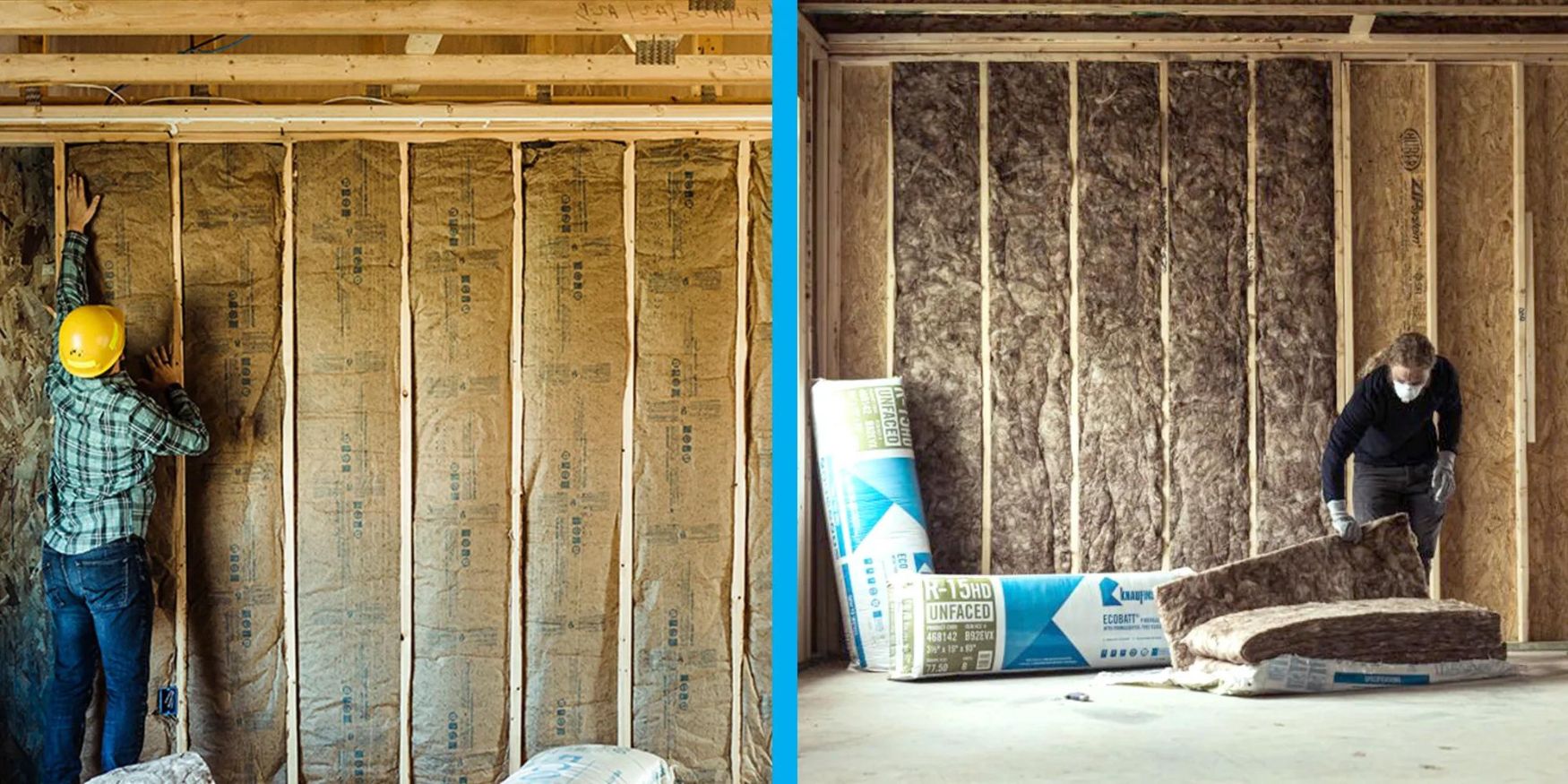
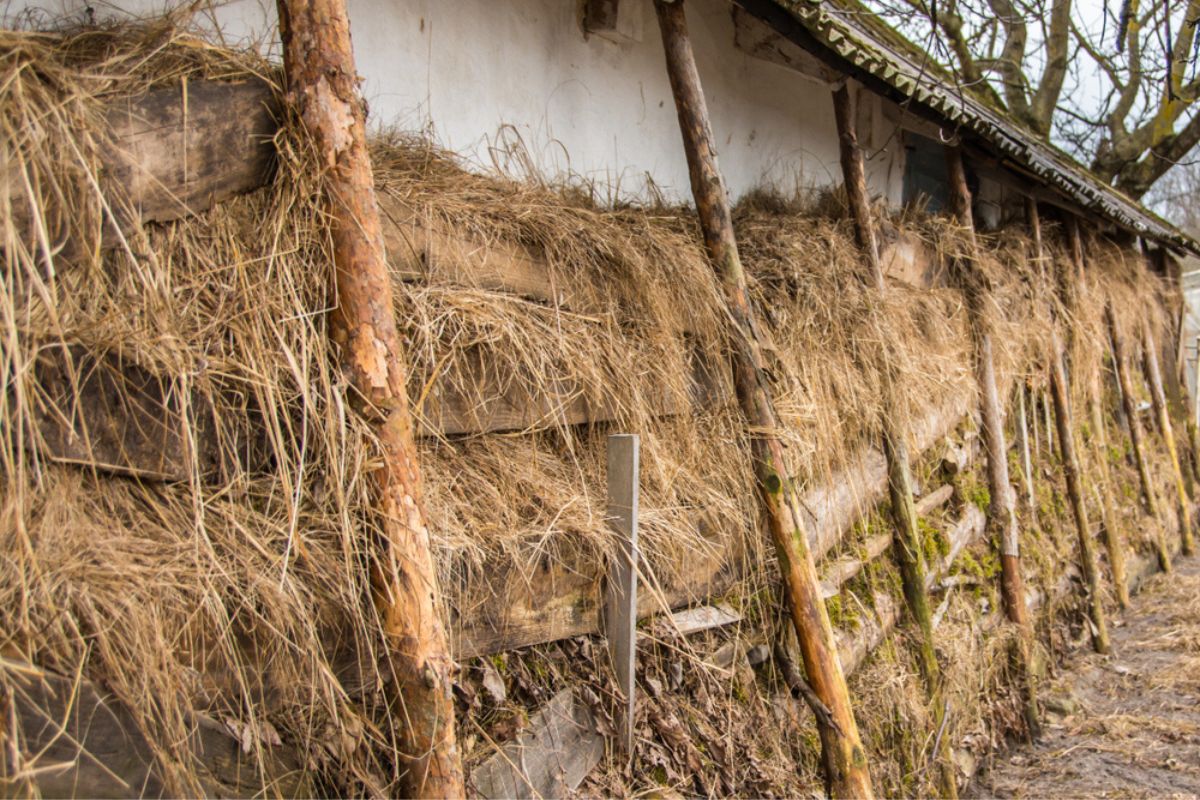
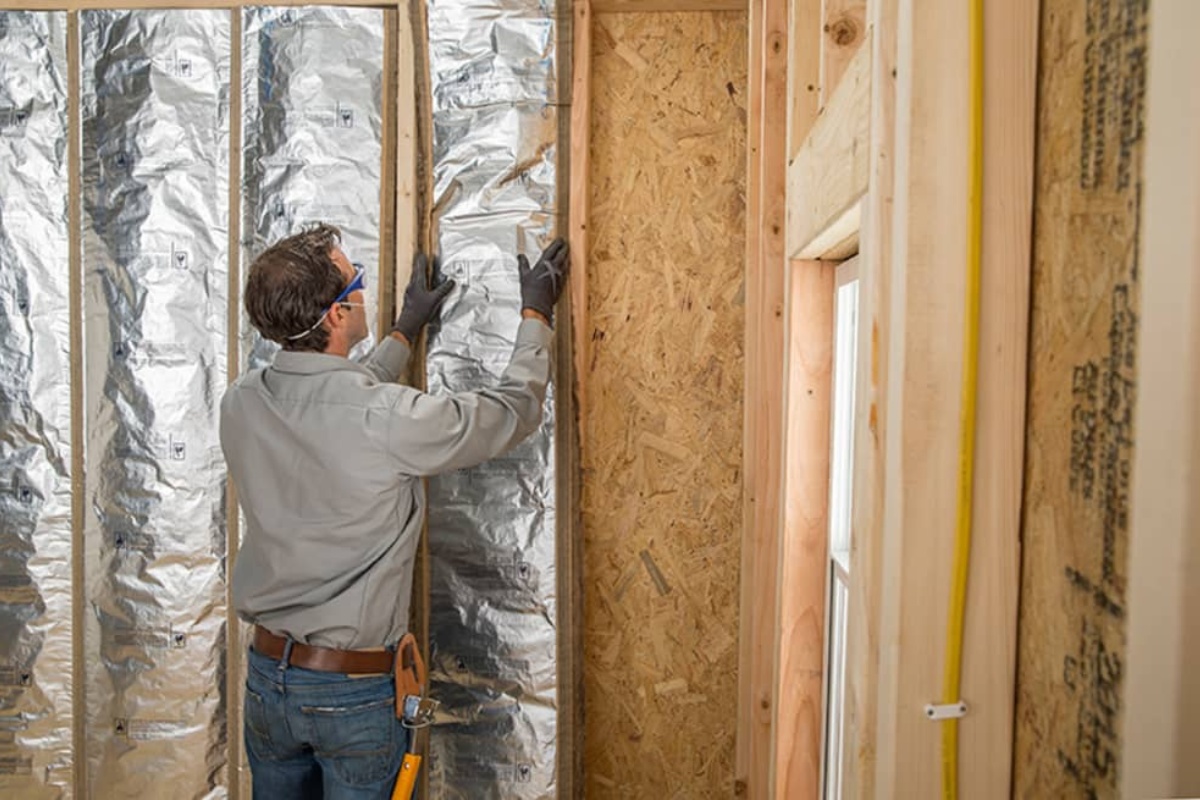
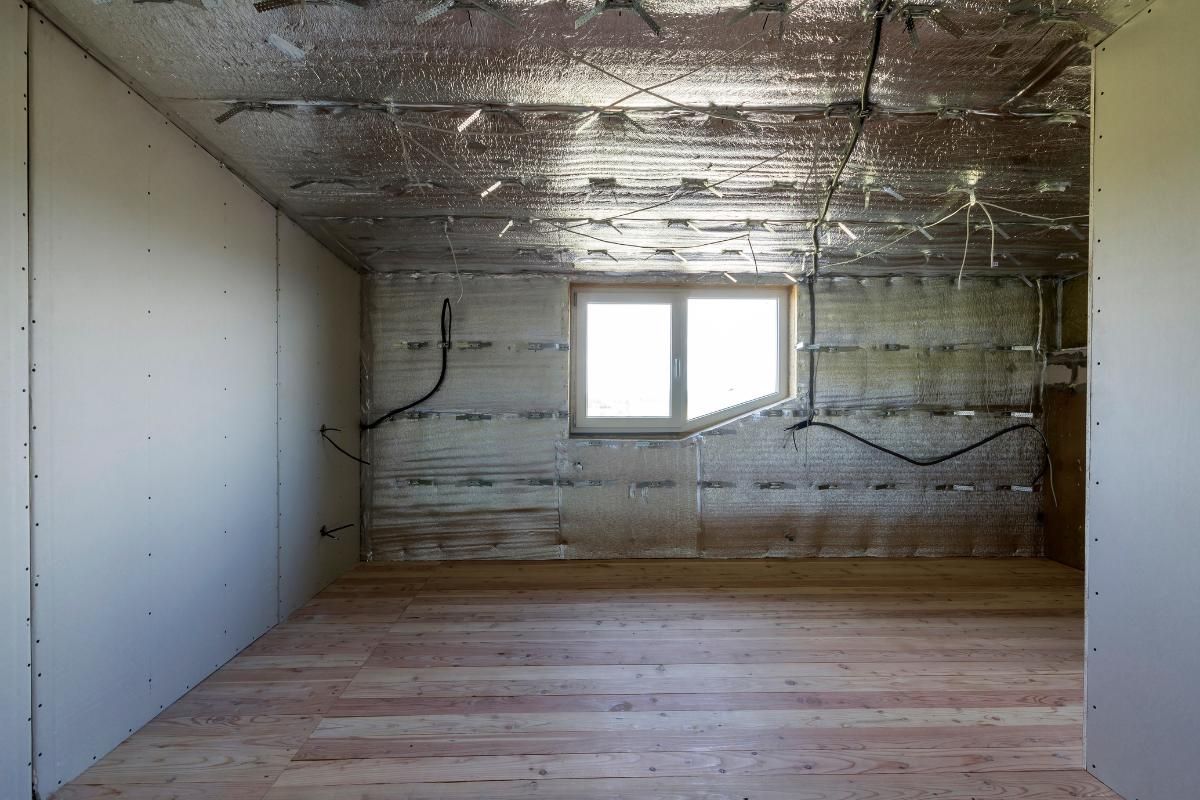

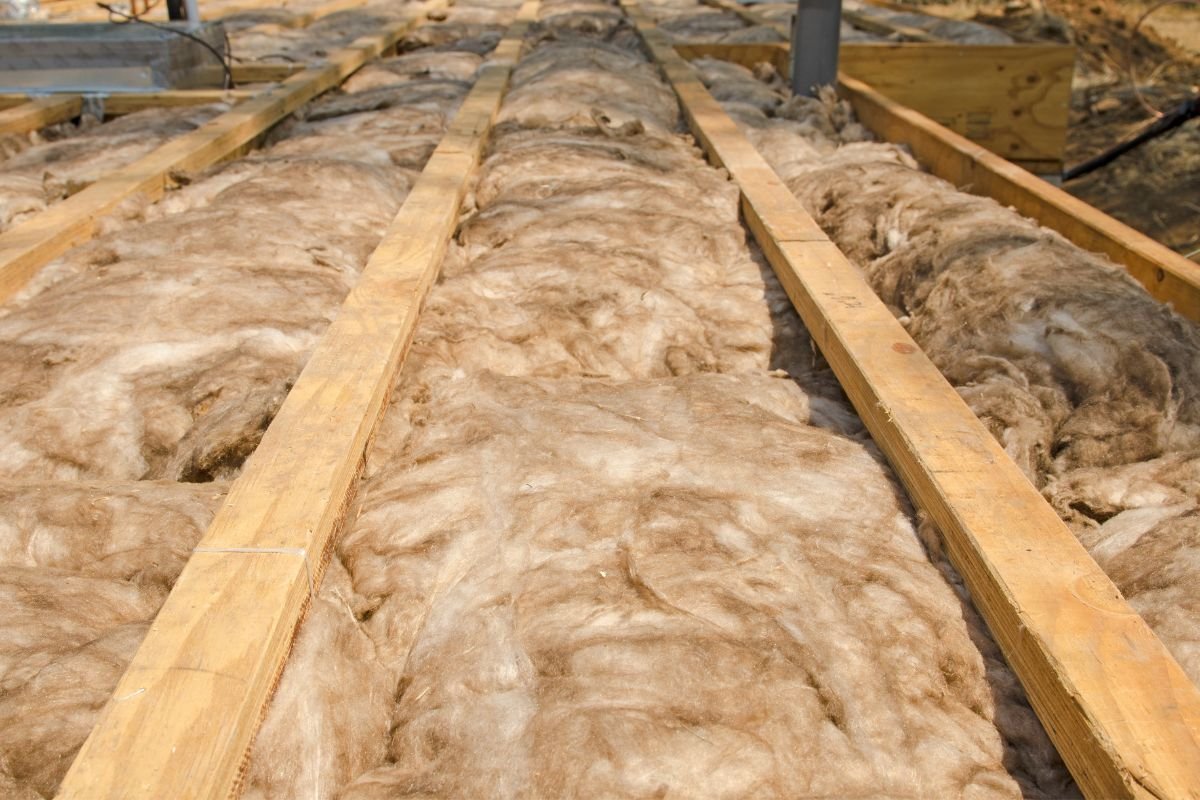
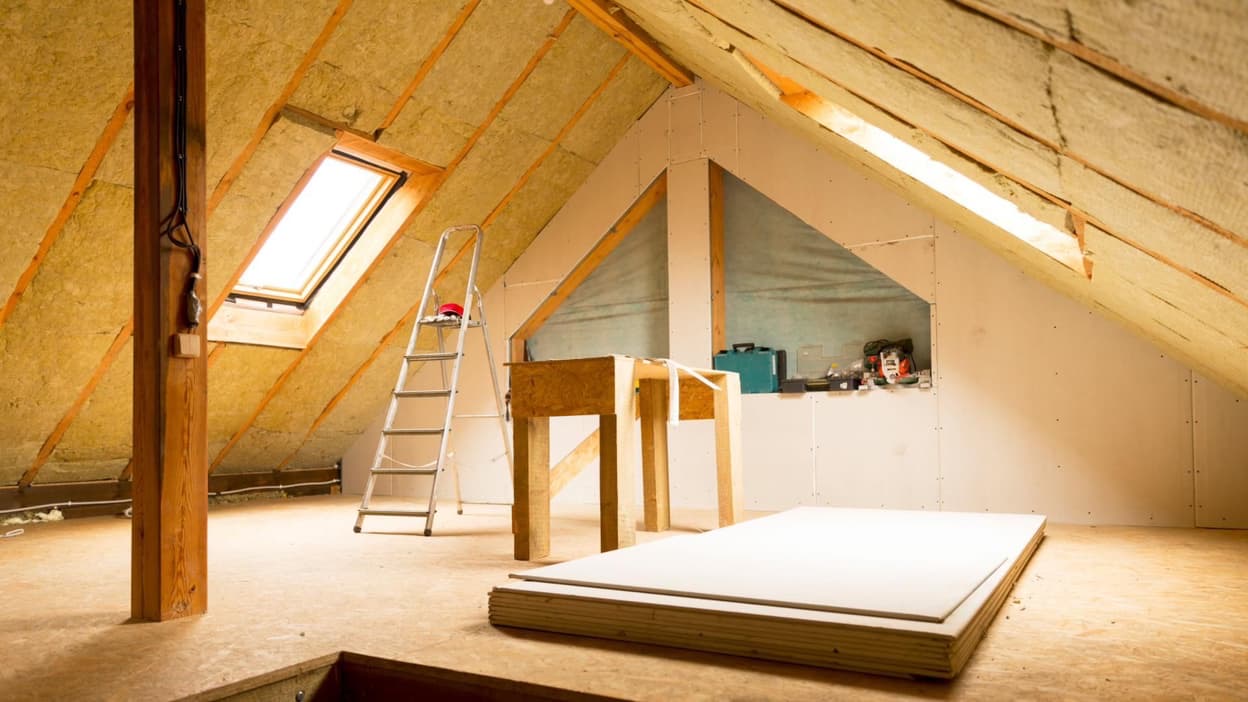
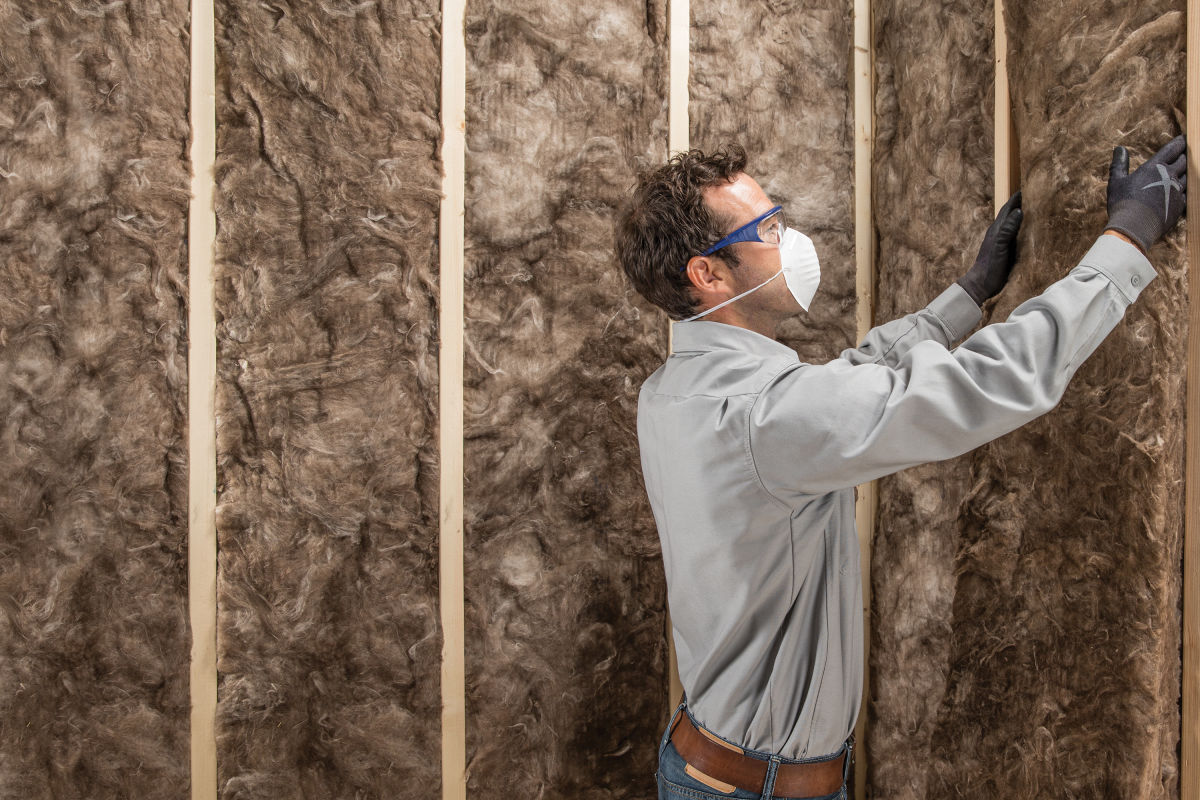




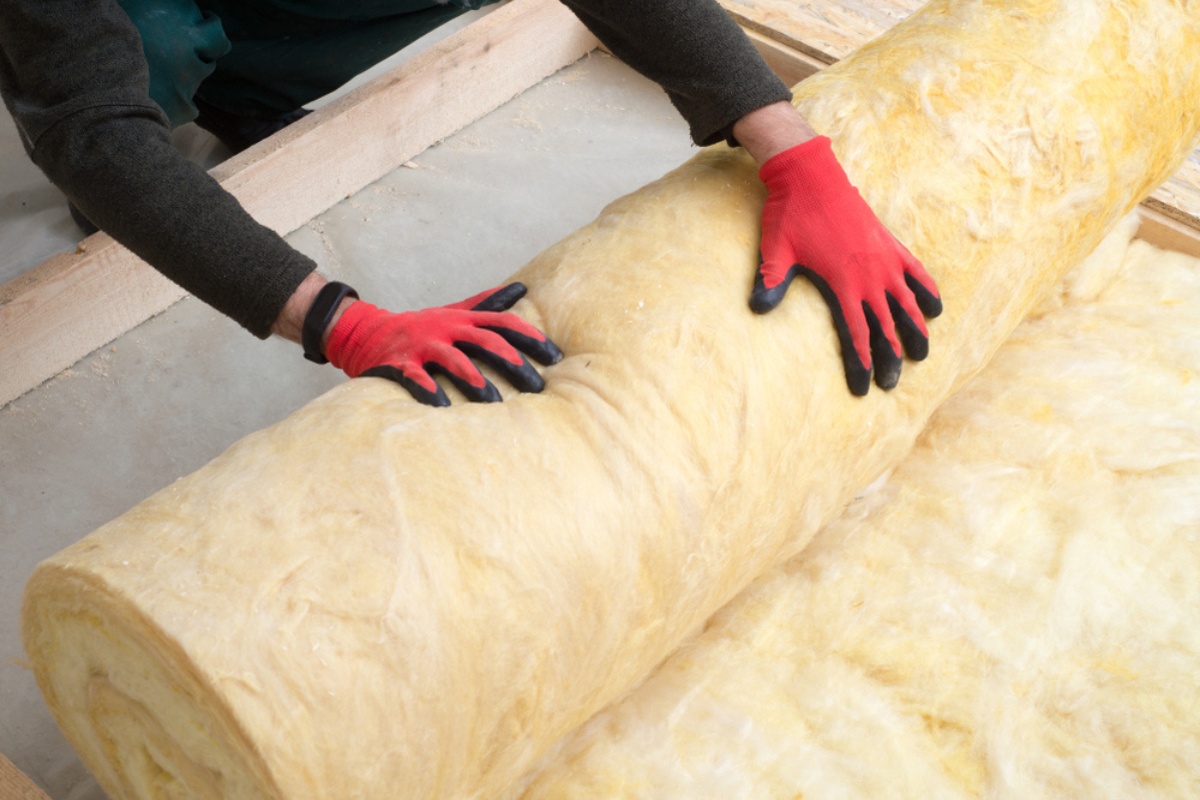

0 thoughts on “When To Use Kraft Faced Insulation”